SDN Spotlight: 8 New Products Set To Shake Things Up

While still in its infancy, the software-defined networking (SDN) market is projected by industry analyst IDC to be worth a whopping $3.7 billion by 2016. Vendors ranging from startups like Big Switch Networks to veterans like Cisco are vying for a piece of that pie.
The networking industry has been flooded with new SDN products throughout the past six months. Some are major architectural plays, such as Cisco ACI, while others, like HP's new SDN App Store, are poised to usher in a new generation of SDN-specific apps.
Here are eight new SDN products that especially stand out in the mix.
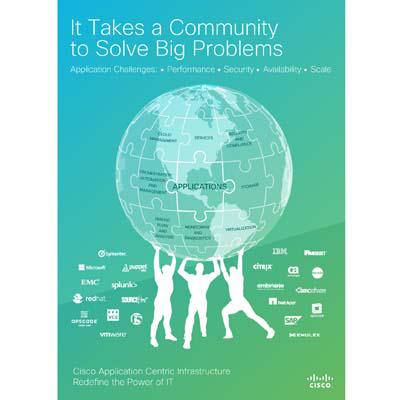
In one of the most anticipated and long-awaited SDN launches of the year, Cisco on Nov. 6 unveiled its answer to the SDN and network virtualization trend: the Cisco Application-Centric Infrastructure.
Developed in conjunction with its spin-in Insieme Networks, Cisco ACI, according to the networking giant, represents the next evolution beyond the software overlay SDN solutions touted by the bulk of its competitors. Namely, Cisco said ACI is more scalable and more capable of providing visibility across both virtual and physical infrastructures than competing solutions. Cisco specifically threw down against rival VMware, by saying ACI is more suitable in multihypervisor environments compared with VMware's NSX SDN platform.
ACI is supported by Cisco's new Nexus 9000 line of switches, along with a new Application Policy Infrastructure Controller (APIC).
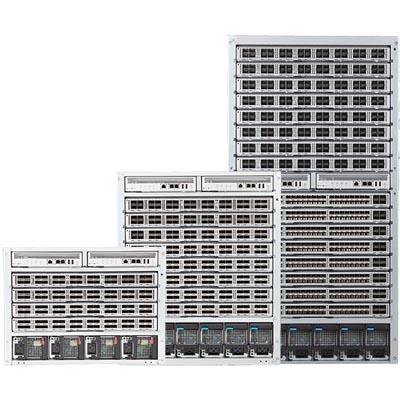
Arista Networks tried to beat Cisco to the SDN punch with the launch of its new 7000X Series switches just two days before Cisco unveiled ACI.
Arista succeeded in making a splash. The Santa Clara, Calif.-based company positioned its 7000X Series as a "compelling alternative" to Cisco's Catalyst 6500 switch line, saying a pair of its new 7300X switches -- which are part of the 7000x family -- can replace two Catalyst 6509Es to deliver more than 10 times the scale, throughput, latency improvements and power efficiency. Arista said the 7000X Series was built from the ground up to support cloud networking and SDN environments.
The series also ushered in a new switching category for Arista by collapsing its typically two-tiered, leaf-spine architecture into one -- or a "spline." Arista CEO Jayshree Ullal said this new architecture "brings together simplicity, price performance and power compactness all in a single chassis or a [two-rack unit] footprint."

VMware claimed its stake in the SDN market this March with the unveiling of its NSX network virtualization platform.
Combing VMware's organically developed vCloud Networking and Security (vCNS) with the technology VMware got from last year's acquisition of Nicira, NSX works across both VMware and non-VMware hypervisors and cloud management systems. According to the company, NSX allows customers to accelerate application deployment and significantly lower both capital and operational costs.
NSX is said by VMware to provide an open framework for the integration of networking and security services from a number of VMware technology partners. Upon the unveiling of NSX in March, however, long-running VMware partner Cisco was noticeably absent from the list of NSX partners, stirring up speculation that the partnership between the two tech giants may be on the rocks.
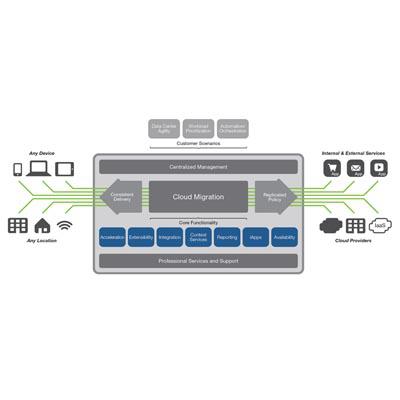
F5 Networks in November took a slightly different spin on the SDN craze, introducing a new architecture it said would finally deliver SDN concepts to layers four through seven of the network.
The new architecture, called Synthesis, enabled what F5 dubbed "software-defined application services," or application services that are easier to orchestrate and provision across cloud, virtualized and software-defined networking environments.
Synthesis is based on flagship F5 technologies like TMOS and ScaleN, but also leverages a new fabric technology F5 said lets enterprises and cloud service providers manage, scale and automate application services without having to resort to time-consuming and manual processes. The Synthesis fabric can support up to 2,560 multitenant instances with a combined throughput of 20.5 TB and connection capacity of 9.2 billion. F5 said it can be deployed on the customer's choice of F5 hardware, in the cloud or on a hypervisor.
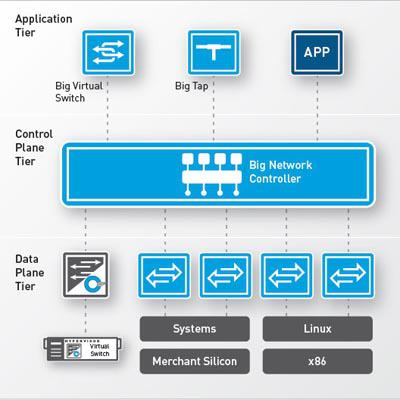
SDN rising star Big Switch Networks in October gave the industry a sneak peek at its upcoming application-aware, unified physical and virtual SDN switching fabric.
Big Switch demoed the technology, which it said is due out next year, at the Open Networking Users Group Conference in New York. According to the startup, the solution is a unified SDN software stack spanning a fabric of bare metal (physical) and hypervisor (virtual) switches, driven by OpenStack for application awareness. Big Switch said its unified design differs from the overlay and underlay SDN concepts popularized by many of its rivals by providing end-to-end automation and traffic visibility, and being compatible with today's layer four through layer seven services.
Big Switch also said the technology "puts network Capex and Opex levels comparable to Amazon EC2" attainable for a broader range of enterprises and cloud providers.
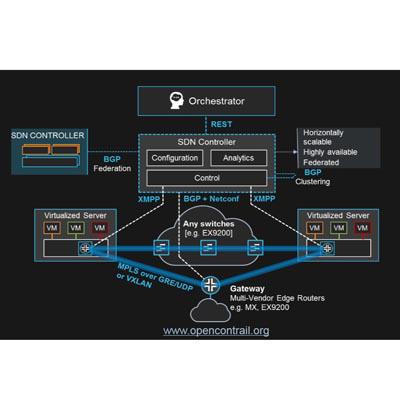
In a bid to accelerate its push into the SDN market, Juniper Networks in September launched its long-touted Contrail SDN controller nine months ahead of schedule.
The controller, according to Juniper, is targeted at both enterprise customers and service providers. For enterprises, the controller can be used to virtualize any IP-based physical network in a data center and, because it integrates with cloud orchestration systems, to enable automation and orchestration across virtual overlay networks. For cloud service providers, the Contrail controller can be used to automate and provision services across public, private and hybrid cloud environments.
The controller is based largely on technology from SDN startup Contrail Systems, which Juniper snapped up in December 2012 for $176 million. The commercial version of the technology is available now through Juniper Software Advantage and is offered as both a perpetual and subscription software license.
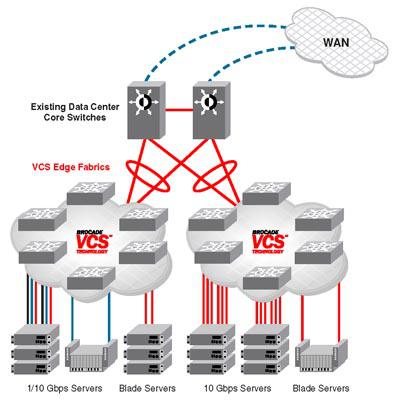
Brocade in September launched updated versions of its VSX switches, Vyatta virtual router and VCS fabric software, in an effort to build out what the vendor called its broader "On-Demand Data Center" strategy.
At the heart of the launch was the updated VCS Fabric, which Brocade said includes a new capability called VCS Virtual Fabric, or a multitenancy solution that lets cloud service providers "slice up" their networking into different compartments or VLANS. Brocade said this allows service providers to host customer data in its own unique network container. The fabric supports hundreds of thousands, if not millions, of these containers, Brocade said.
Also new with Brocade's VCS fabric is a capability called AutoQoS, which extends VCS Fabric Intelligence to storage traffic. This, Brocade said, means VCS fabric can now automatically recognize and prioritize storage traffic, just as it's done with compute traffic for years.
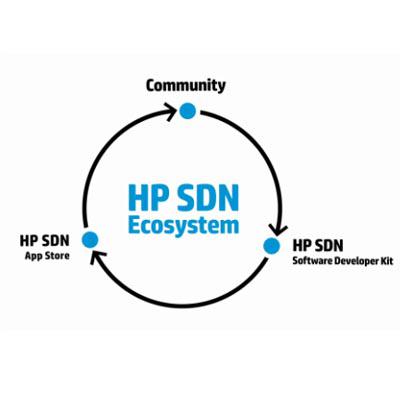
Hewlett-Packard already offers an SDN controller, and a portfolio of SDN-focused switches. But the company put a unique spin on its SDN lineup in September with the introduction of the HP SDN App Store.
Set to launch next year and accessed through HP's Virtual Application Networks (VAN) SDN Controller, the App Store provides a platform for HP technology and channel partners to host and sell their own homegrown SDN applications. HP said technology partners including VMware, Microsoft, ShoreTel and SAP already have apps in the works. HP also is offering an application development kit and training materials for channel partners who want to contribute to the store.
HP said it expects applications in the store to cover a range of SDN-related functions, including WAN bursting, network virtualization, distributed firewall and load balancing.